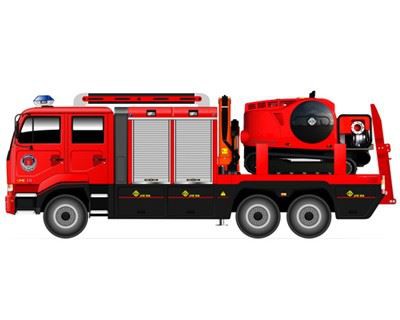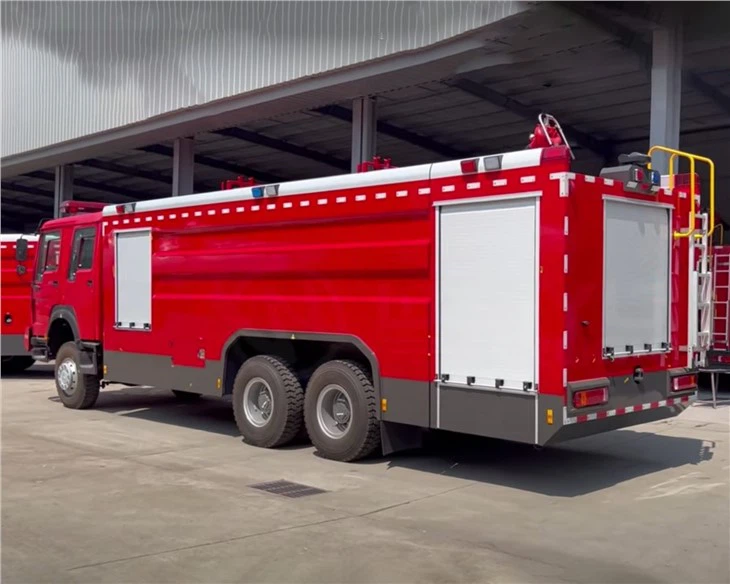Understanding Propane Tank Storage Regulations: A Comprehensive Guide

Propane is a versatile and efficient energy source used in various applications, from home heating to fueling vehicles. However, proper storage of propane tanks is crucial for ensuring safety and compliance with legal regulations. This article dives deep into propane tank storage regulations, providing practical examples, tips, and comprehensive guidelines to help you understand how to store propane safely and legally.
1. Introduction to Propane Tank Storage
Propane, a colorless and odorless gas, is commonly stored in tanks of various sizes. The safe storage of these tanks is subject to several regulations that vary based on location and intended use. In this section, we will explore the importance of adhering to these regulations and the risks associated with improper storage.
1.1 The Importance of Compliance
Following propane tank storage regulations is vital for several reasons:
- Safety: Proper storage minimizes the risk of explosions, leaks, and fire hazards.
- Legal Compliance: Non-compliance can result in significant fines and legal issues.
- Environmental Protection: Appropriate storage practices help prevent environmental contamination.

2. Key Regulations Governing Propane Tank Storage
2.1 Federal Regulations
The U.S. Department of Transportation (DOT) and the National Fire Protection Association (NFPA) set forth several federal regulations regarding propane tank storage. These regulations primarily aim to ensure safety during transportation and storage.
2.2 State and Local Regulations
Beyond federal guidelines, specific states and local jurisdictions have their regulations regarding propane storage. It’s crucial to check with local authorities to stay informed about any region-specific rules.
3. Types of Propane Tanks
3.1 Above-Ground Tanks
Above-ground propane tanks are often used for residential applications. They are typically horizontal or vertical cylinders and must be placed in compliant locations to prevent accidental damage.
3.2 Underground Tanks
These tanks are buried beneath the surface and are often used in commercial applications. Proper installation and maintenance are vital to prevent leaks and environmental contamination.
| Type of Tank | Advantages | Disadvantages |
|---|---|---|
| Above-Ground | Easy access for refilling and maintenance | More susceptible to environmental damage |
| Underground | Protected from weather damage | Higher installation costs and maintenance challenges |
4. Minimum Distance Requirements
4.1 Safe Distances from Buildings
According to NFPA standards, propane tanks must maintain a specific distance from buildings, property lines, and sources of ignition. Here are the general requirements:
- 500-gallon tank: at least 10 feet from any building.
- 2,000-gallon tank: at least 25 feet from the building.
- Placement from property lines: Generally, a 10-foot distance is recommended.
4.2 Distance from Ignition Sources
Propane tanks should also be kept away from potential ignition sources. It is advisable to maintain a distance of at least 10 feet from equipment like BBQ grills, electrical panels, and open flames.
5. Ventilation and Drainage Requirements
5.1 Importance of Ventilation
Proper ventilation is essential for propane tank storage to prevent the accumulation of gas. Tanks should be located in areas that allow for free air circulation. Ventilation helps disperse any potential leaks, minimizing risk.
5.2 Proper Drainage
Drainage is another critical aspect to consider. The storage area should facilitate the movement of water away from the tank, preventing the tank from being submerged during heavy rainfall.
6. Safety Precautions for Propane Tank Storage

6.1 Regular Inspections
Routine inspections of your propane tank and surrounding area are crucial. Look for signs of wear, leaks, or damage. If any issues are found, have a certified technician perform necessary repairs.
6.2 Use of Safety Equipment
Equip your propane storage area with essential safety equipment, including:
- Fire extinguishers
- Gas detectors
- Emergency shutoff valves

7. Handling and Refilling Propane Tanks
7.1 Guidelines for Refilling
When it comes to refilling propane tanks, follow these guidelines:
- Always use a qualified technician for tank refilling.
- Ensure the tank is in an upright position during refilling.
- Stay at least 25 feet away from ignition sources while refilling.
7.2 Transportation of Propane Tanks
If you need to transport propane tanks, remember these tips:
- Secure the tank to prevent movement during transport.
- Transport in a well-ventilated vehicle.
- Never transport a tank in a closed trunk.
8. Emergency Procedures and Response Plans
8.1 Developing an Emergency Plan
Having a comprehensive emergency response plan in place is crucial for any propane storage facility. Components should include:
- Evacuation routes and procedures
- Communication strategies with local emergency services
- Training for staff and residents on emergency protocols
8.2 Responding to Leaks and Emergencies
Take immediate action if you suspect a propane leak:
- Evacuate the area.
- Do not use any electrical devices that could cause a spark.
- Contact emergency services.
9. FAQs About Propane Tank Storage Regulations
9.1 What is the maximum distance required from a propane tank to a building?
Generally, a 500-gallon propane tank should be at least 10 feet away from any building, while a 2,000-gallon tank should be at least 25 feet away.
9.2 Can I store propane tanks in my garage?
Storing propane tanks in an enclosed space like a garage is not advisable. They should be kept outside in a well-ventilated area, away from ignition sources.
9.3 What should I do if I suspect a propane leak?
If you suspect a leak, evacuate the area immediately, avoid using any electrical devices, and contact emergency services.
9.4 How often should I inspect my propane tank?
Regular inspections should be conducted at least once a year, or more frequently if the tank shows signs of wear or damage.
9.5 What type of protective equipment should I use for propane tank storage?
Consider using fire extinguishers, gas detectors, and personal protective gear when handling or storing propane tanks.
9.6 Are there specific insurance requirements for propane tank storage?
Yes, many insurance providers require specific safety measures and infrastructure before providing coverage for propane storage. Always check with your insurer for details.
